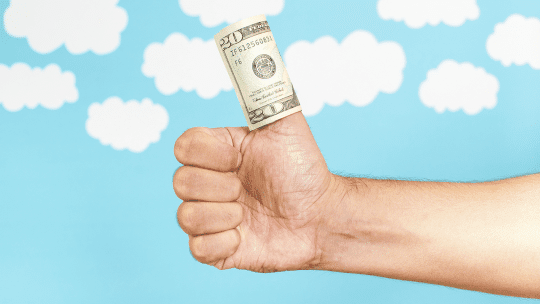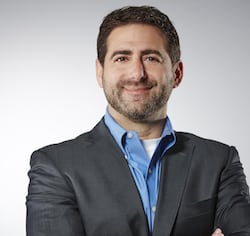
Remember the days when your brand could reach its audience at scale organically using the major social media platforms? Those days are long gone. Just today, Facebook twisted the knife in the heart of organic social media reach when it announced that its news feed algorithm will place even greater emphasis on "content posted by the friends and family of users," according to a report in the New York Times. Granted, in this case it's at the expense of news media brands, but it's all part of a long-term trend.
"Facebook, Instagram, Twitter, Pinterest—they're not social media platforms anymore, they're advertising publishers," says David Kellis, director of PR and social media for the Clorox Co. Kellis has noticed lately that in his conversations with executives at the social platforms, they avoid the use of the word organic entirely. It's as if the non-paid social media post is a family member who went bonkers and brought shame upon the clan and must never be mentioned again.

The shift in focus to paid social media content is redefining, yet again, the role of the PR professional—a topic that Kellis will dive into in his opening Wake-Up Call session at PR News' Big 4 Social Media Summit, which will be held in San Francisco on Aug. 10. In a way, paid social is bringing public relations full circle.
"At least at Clorox, earned media now comes from creating social media ads that people will share," says Kellis, who leads the social media function for all of Clorox’s brands, including Hidden Valley, Clorox-branded products and Glad. "In the past, we’ve done PR around advertising in magazines and other media. That’s what we’ve come to with social. We’re doing PR to get earned media impressions from the sharing of social media ads. The earned part is critical, because we’re no longer measuring organic social campaigns—that’s completely out the window."
Kellis gives a preview of his Wake-Up Call at the Big 4 Summit in the following Q&A.
PR News: What social channels do you mostly use for Clorox's brands?
David Kellis: The big ones—Facebook and Instagram, Pinterest, Twitter and Snapchat. We’re always looking at other opportunities, like Reddit.
PR News: Breaking it down roughly by percentages, how much of your efforts do you devote to paid social campaigns vs. organic social campaigns?
Kellis: In terms of content we publish, 90% is paid now. We still listen on social and respond to consumers—that’s distinct from the content we publish.
PR News: How do you decide whether to go the paid or organic route?
Kellis: We use organic more to test content, to see what we want to promote.
Check out the speaker rosters for PR News' Big 4 Social Media Summit and Visual Storytelling Boot Camp, which will be held Aug. 9-10 in San Francisco.
PR News: Does the post-organic era of social media bring any benefits to PR pros and, if so, what might they be?
Kellis: For PR people, they can go back to doing the job that they did before social media took over our profession. There's a renewed focus on media relations—on getting coverage for your paid social campaigns. The switch away from organic has been a detriment overall, but if you're looking for another silver lining, it's looking for a good story to tell on social. And if your PR department is still creating the content, the move to paid gives you more visibility. That’s a big if—if you’re still creating the social media content, then your job just got a lot more interesting because you're having a greater impact on brand awareness. If not, then on the whole, it's a loss.
PR News: What’s your recommendation to PR pros, particularly those on the B2B side, who have had trouble getting senior leaders just to buy into the value of social media and who now must ask for an advertising budget for social?
Kellis: We should be thinking more holistically and working with marketing and media to justify a media budget. You need to be working with your media team and convincing them and management that your ideas should have paid support behind them.
Follow Steve Goldstein: @SGoldsteinAI
